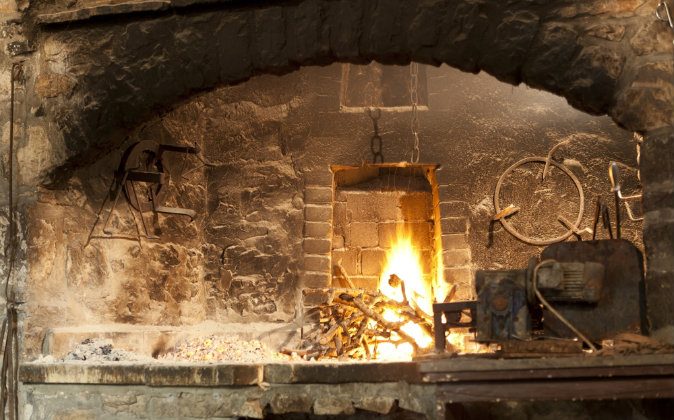6,500-Year-Old Oven With Heating, Hot Water System Is Similar to Modern Technology
As many modern homeowners know central heating and cooling Charlottesville systems are a vital component of a building. From fireplaces to hot air systems to cooling vents, there have been many conditioning systems built and utilized over the centuries and many have considered the latter two to be more modern inventions. Though this latest archeological finding may make many historians question this idea.
The 6,500-year-old oven was unearthed in an ancient home during an archeological dig at a Neolithic site in Bapska, a village in eastern Croatia, which experts say is one of the most important in Europe.


Experts say the oven provided cooked food, hot water, and central heating for their dwelling, just like a modern-day Aga.
Just imagine if it had slowly started to decline in its efficiency, or even worse, stopped working? You would be missing out on a lot of services that can help to make a house a home, and it’s not like in this day and age where you can look for a home warranty coverage plan (check here for more info) to add extra protection to the appliances in case they should break or need repairing. It’s very likely that you would be left with nothing, which makes it even more extraordinary to see that it has been discovered all these years later.
Marcel Buric – from the Department of Prehistoric Archaeology at Zagreb’s Faculty of Philosophy – said the find was significant because the kiln was covered to protect the rest of the building from fire.
Mr. Buric said: ‘This discovery is important. Because the houses of this period are made of wattle and daubed with a roof made of hay using an open fireplace was dangerous. But a roofed fireplace, like the one in Bapska, besides being safer, also had other advantages.
‘It was permanently heated all day long and as the residents came home after a day in the fields they ate hot food cooked by the oven, washed in warm water, and went to sleep in a room heated by the same kiln. Just like some kitchen ovens today.’
Archaeologists also found a smelted piece of iron ore by the kiln, thought to date back thousands of years before man learned to smelt and work iron.
Mr. Buric said: ‘It’s not possible to say what it was used for but it is a significant find.’

But elsewhere in the same prehistoric house, scientists found the scene of a more sinister fire.
The cremated remains of a baby aged around 15 months are believed to be the result of a human sacrifice.
Mr. Buric said: ‘We know that such sacrifices were made to ensure the growth of crops by giving life and putting it back into the earth. The more treasured the life, say a baby, the better the result, or so they thought.’
Earlier excavations on the site had revealed a set of deer antlers on the walls of one home, believed to be the world’s first known hunting trophy.
Mr. Buric said: ‘This whole area was a melting point where different cultures from across Europe met and exchanged ideas.’
